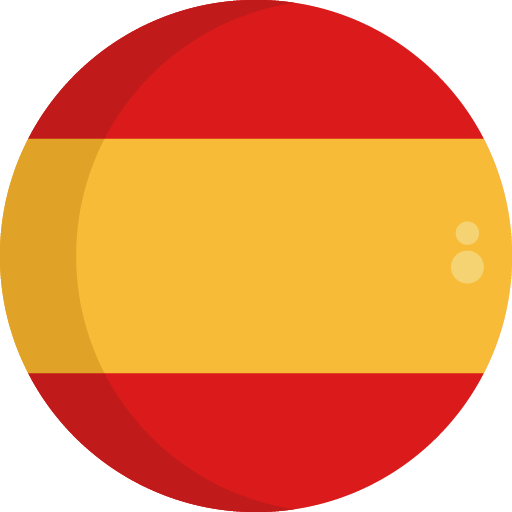Section 132a
Questioning of Jesus' authority by the chief priests, teachers o the law, and elders
Jerusalem, in the temple
| Matthew 21:23-27 | Mark 11:27-33 | Luke 20:1-8 |
| 23When he entered the temple courts, the chief priests and the elders of the people came up to him as he was teaching and said, “By what authority are you doing these things? And who gave you this authority?” 24Jesus answered them, “I will also ask you one question. If you tell me the answer, I will also tell you by what authority I am doing these things. 25aWhere did John's authority to baptize come from? From heaven or from men?” | 27Again they came to Jerusalem, and as Jesus was walking in the temple courts, the chief priests, the scribes, and the elders came up to him 28and said to him, “By what authority are you doing these things? And who gave you this authority to do them?” 29Jesus answered them, “I will also ask you one question; answer me, and I will tell you by what authority I am doing these things: 30Did John's authority to baptize come from heaven or from men? Answer me.” | 1One day, as Jesus was teaching the people in the temple courts and preaching the gospel, the priests and the scribes came with the elders 2and said to him, “Tell us, by what authority are you doing these things, or who is it that gave you this authority?” 3He answered them, “I will also ask you one question. Tell me: 4Did John's authority to baptize come from heaven or from men?” |
| 25bSo they discussed it among themselves, saying, “If we say, ‘From heaven,’ he will say to us, ‘Why then did you not believe him?’ 26But we are afraid of what the crowd might do if we say, ‘From men,’ for everyone regards John as a prophet.” 27So they answered Jesus, “We do not know.” Then he said to them, “Neither will I tell you by what authority I am doing these things. | 31So they considered it among themselves, saying, “If we say, ‘From heaven,’ he will say, ‘Why then did you not believe him?’ 32But shall we say, ‘From men’?”—they were afraid of the people, for everyone thought that John was truly a prophet. 33So they answered Jesus, “We do not know.” In response Jesus said to them, “Neither will I tell you by what authority I am doing these things.” | 5So they discussed it among themselves, saying, “If we say, ‘From heaven,’ he will say, ‘Why did you not believe him?’ 6But if we say, ‘From men,’ all the people will stone us, for they are persuaded that John was a prophet.” 7So they answered that they did not know where it came from. 8Then Jesus said to them, “Neither will I tell you by what authority I am doing these things.” |
Notes
Temple Mount
For many people, their first view of the Temple Mount is from the Mount of Olives to the east. The most easily recognized area of Jerusalem; the Temple Mount is located within the walls on the eastern side of the Old City. The site of the Temple of Solomon, and of the later Temple built by Herod the Great (which is the temple Jesus visited), is now an enormous stone platform upon which stands the golden covered Dome of the Rock and the Al Aksa Mosque.
Here Jews come to pray at the Western Wall; here Muslims come to pray at the Dome of the Rock and the Al Aksa Mosque. Here Israeli soldiers and the Arab Temple Mount Police protect what may rightly be called the most revered spot on the face of the earth.
Solomon built the First Temple on the threshing floor that his father David had purchased from Arunah the Jebusite (2 Samuel 24:18 25). The site was hallowed as the place where God stayed the hand of Abraham as he was about to sacrifice his son Isaac on Mount Moriah (2 Chronicles 3:1), and where God stopped the plague against the Israelites (2 Samuel 24:15 18). In addition to the Temple and its associated buildings, Solomon built other magnificent structures between the City of David and the Temple Mount.
Southern Steps of the Temple
The main public access to the Temple was from the southern steps. People entered and exited through a double and triple gate, together called the Huldah Gate. These gates had to handle enormous crowds during feast days; estimates as high as 500,000 people at a time. The triple arched gate was the entrance and the double arched gate served as the exit. Although the double and triple gates have been filled in, you can still see their outlines in the walls near the well-preserved steps of the monumental staircase.
The triple gate to the east led to a tunnel that brought worshippers up to the Temple and the columned porches. To leave the Temple they would exit the double gate on the west and go down a staircase 4 times larger than the entry staircase, since everyone was leaving at the same time. The steps below the wider staircase are well preserved and are one of the few places you can walk where you are sure Jesus walked. An interesting exception to the rule about entry and exit gates regarded mourners. According to the Talmud, they were to go in and out against the traffic in order that people would know of their loss. People would then extend their condolences by saying, “May He who dwells in this House give you comfort.”
In this area we will also see ritual baths from the time of Christ, important inscriptions from the Temple, the street that runs inside the Western Wall tunnels, and the ruins from the Roman destruction of Jerusalem.



















